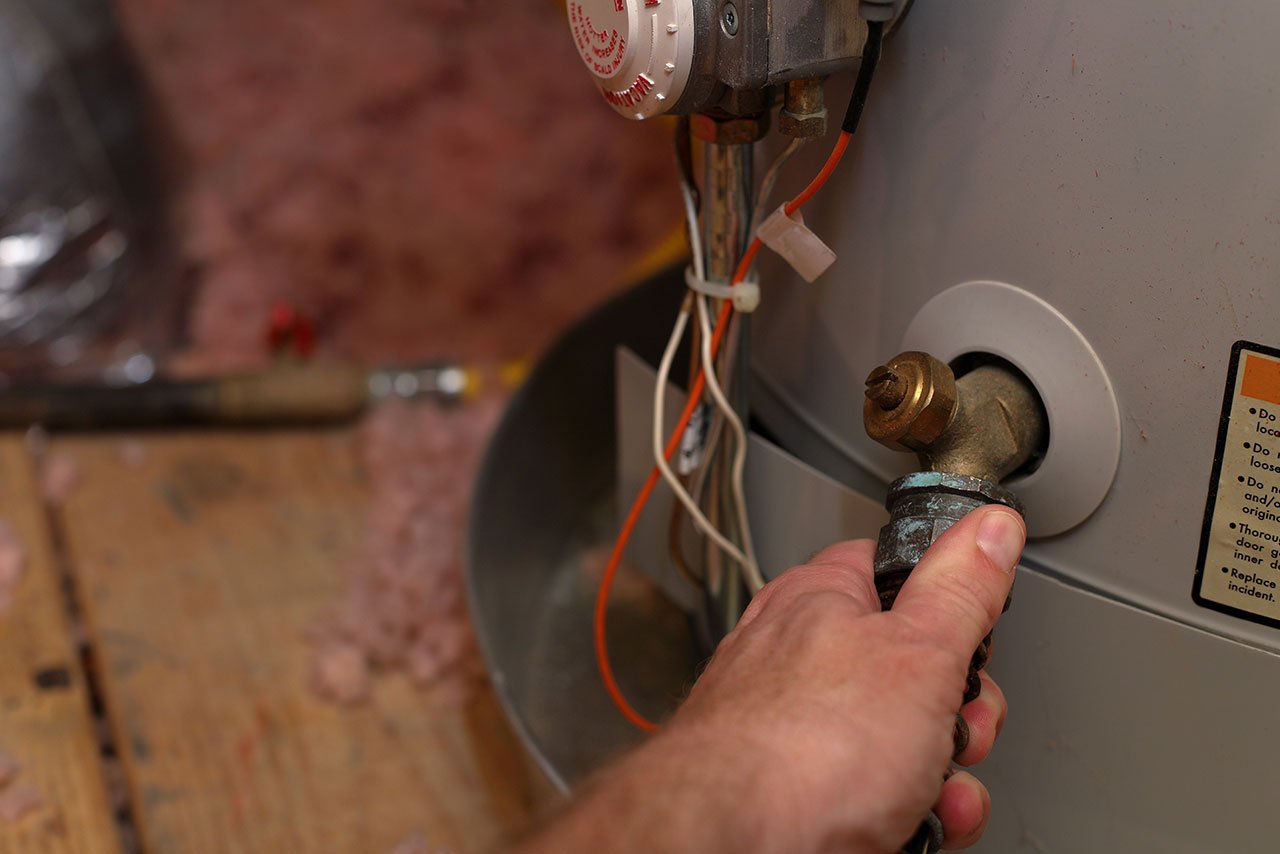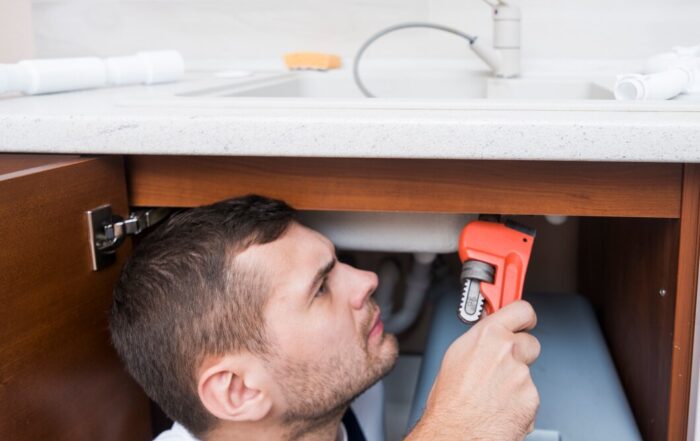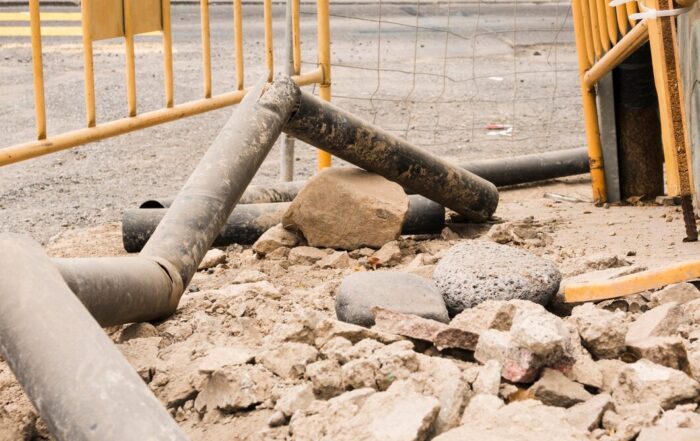
A cold shower may be refreshing on a humid summer day, but it suddenly becomes an inconvenience when it comes as a surprise due to a water heater problem. Nobody wants their own private cold plunge after another day in Calgary’s winter conditions. Your hot water tank is an integral part of your everyday living. However, it is often the most neglected. While it may not need a monthly check-in like your furnace filters, there is something you can do to prolong its lifespan and ensure it’s performing efficiently. Read on to learn about how to drain your water heater quickly and when to call a plumber.
By draining your water heater every six to 12 months, you can remove any sediment buildup that has been collecting at the bottom of the hot water tank. It’s important to note that you shouldn’t do this task without a licensed plumber if you’ve never drained your water heater. Otherwise, you may end up with water all over the floor and an emergency repair call.
How to Drain a Water Heater Quickly
This whole process should take between 1-2 hours for everything to be said and done. That being said, you shouldn’t try this out before guests come over. You may discover a leak during the process that warrants a visit from your local plumber.
Step 1: Before you get started.
As we mentioned before, it’s imperative you don’t mess with your hot water tank if you don’t know its history or if you haven’t drained it before. This is because the sediment that has been collecting at the bottom of the tank may actually be plugging small holes that can lead to a leak. It’s important to have a plumber give their advice on moving forward so you can avoid a major inconvenience.
Ensure you also know where your water shut-off valve is located. You likely won’t have to use it, but it’s good to have it as a backup, just in case.
You’ll also want to check your temperature and pressure relief valve (T&P). If this isn’t working, you should have it replaced before bothering with draining your hot water tank anyway. This valve is typically on your tank’s top or upper side with a tube running down the tank.
You’ll want to place a small pan under it and open the valve slightly to release pressure. If you hear a small hiss, you’re good to go. If you don’t hear anything or there aren’t any water droplets coming out of the tube, you’ll need to replace this first. If the T & P leaks after you’ve operated it, it needed to be changed.
Step 2: Get the tools you’ll need to get the job done.
Since you’ll be draining a lot of water, you’ll need a garden hose to help direct it outside or to your desired drainage point. You’ll also want a bucket or pan, an adjustable wrench, a flat-head screwdriver, and an old towel. This will help you keep on top of any leaks or mess and give you a hand accessing the drain valve if you don’t have a handle on it.
Step 3: Turn off your water heater and wait.
It’s time to turn off your water heater before you begin working on it. The key to this step is waiting for your water to cool down. Otherwise, you’ll be working with hot water that can cause burn injuries. You can turn on a hot water faucet to make this process faster. By leaving it open, you’ll also help with the flushing process because a vacuum can form within the pipes while it drains.
Step 4: Get your drainage ready.
This is when your garden hose will come in handy. You’ll want to fasten it to the drain valve and ensure the other end is where you want the water to drain to, i.e. outside, to a floor drain, or into a large bucket/container.
Step 5: Open the drain valve and flush the tank.
Now you can begin draining your hot water tank by opening the drain valve. You may need a screwdriver to complete this step. Once it’s empty, you can turn on the cold water supply to flush out any remaining dirt or sediment that has been sitting at the bottom of your water heater. You can repeat this step until the water is flushing clear.
Step 6: Turn your water heater back on.
Now you can close the drain valve, remove your hose, and turn your water heater on. You may not be able to jump in a hot shower right away as it can take several minutes to an hour for an increase in temperature.
Maintaining your hot water tank is essential for efficiency, a prolonged lifespan, and it even boosts your water’s clarity. Over time, sediment accumulates in your tank, which can then be released into your water. It can also have to work harder, which causes an increase in your bills. If you don’t want to deal with the hassle that comes with draining your water heater or haven’t done it in over two years, contact our team to help prolong the life of your hot water tank.
Did you know that you needed to drain your water heater annually? How long have you had your water heater in your home? Share your comments below with our readers who may be finding this out for the first time.
Call us at (403) 452-2911 or Book Now an appointment.
Effective Solutions to Common Drain and Blockage Problems
A well-functioning plumbing system is crucial for maintaining a clean, comfortable, and hygienic home. However, drain and blockage issues can disrupt this delicate balance, causing inconvenience and potential damage to your property. As a [...]
Sewage System Problems: Causes, Symptoms, and Solutions
For many homeowners, dealing with sewage system problems can be a daunting experience. Besides the unpleasant nature of the issue, it can also pose severe health risks and cause significant damage to your property. [...]
Choosing the Best AC Unit for Your Home: Key Factors and Expert Assistance
Home comfort during Calgary's warm summer months relies heavily on having a reliable and efficient air conditioning system. If you're considering a new AC installation, it's essential to carefully evaluate your options, taking into [...]





